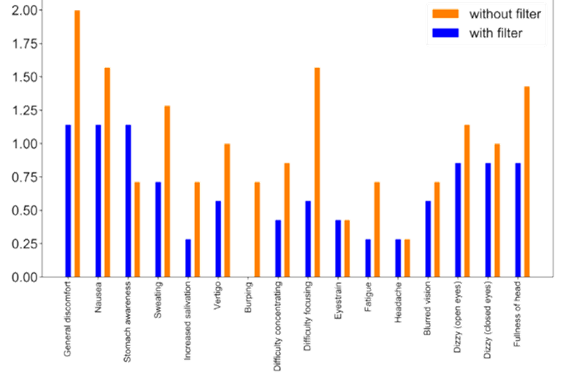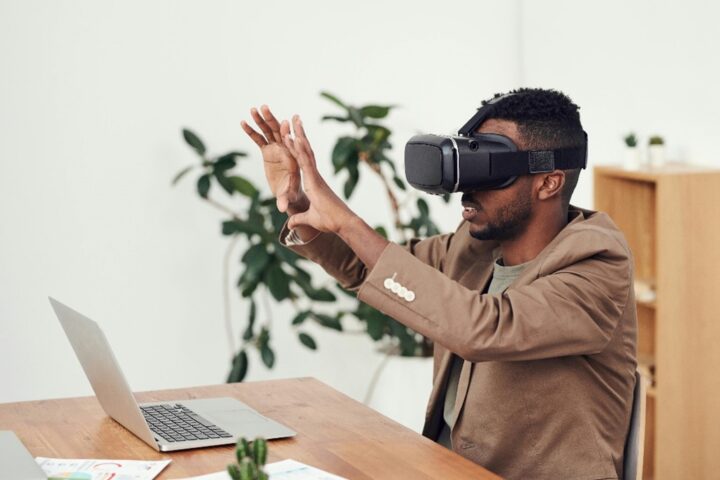In recent years, the implementation of Virtual Reality (VR) has experienced a significant increase, due to its application in various industries, such as gaming, healthcare and education, among others. VR technologies allow for users to be immersed in simulated real or imaginary environments, sometimes enabling them to interact actively with said environments. However, the VR experiences for users can vary depending on the type of content presented. It has been shown that some people can feel discomfort or even sickness when using VR technologies. This condition is commonly known as cyber sickness (given that it mimics the typical symptoms of motion sickness) and it can be caused by sensory cues originated from virtual reality environments.
Regarding this, researchers from the University of Barcelona (UB) have developed a method for processing VR content with the objective of mitigating this sickness, thus improving the user’s experience.
The researchers have developed a computer-implemented method with the aim of reducing the cyber sickness experienced by users when exposed to certain VR contents. The method involves adjusting the temporal statistical properties of the video images across several frames in the periphery to match the statistical properties of natural images. This way the content is less disruptive for the human visual system. This is accomplished via a temporal smoothing across luminance values that takes place in the graphic memory before the video frames are rendered to the display. In addition, the processed video frames obtained after applying the described method can be directly displayed by VR devices efficiently.

The researchers have already designed the system to be implemented as a plug-in in the Unity engine and are currently working on adapting it to other VR development platforms. A European patent application protecting the method and system was submitted in 2023.
Benefits:
- It provides a new method to prevent cyber sickness originated by VR content, enabling users to be immersed in virtual environments for longer without feeling sick.
- The system applies smoothing filters automatically when the predetermined contrast threshold is overpassed.
- The developed method can be implemented in engines used currently to develop VR environments, such as Unity.
The represented institution is looking for a collaboration that leads to commercial exploitation of the presented invention in a near future.
Institution: Universitat de Barcelona (UB)
TRL: 5-6
Protection status: Patent Application
Contact: Carlos G. Gredilla / c.gredilla@viromii.com

